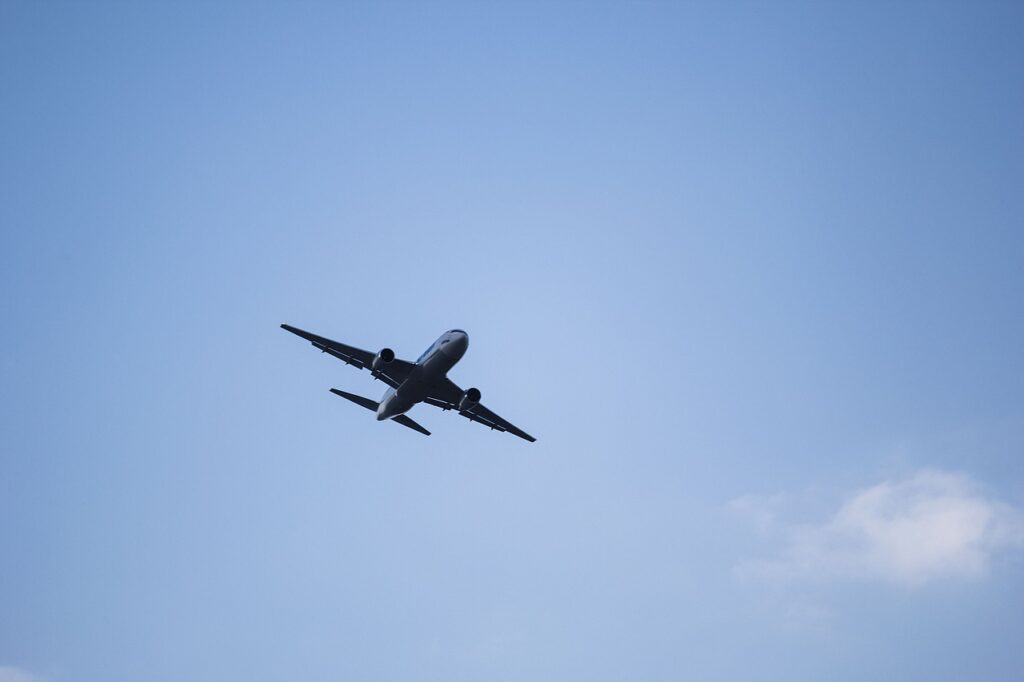EasyJet has announced a new partnership with the American startup JetZero to develop a future hydrogen-powered aircraft with a blended-wing body. This venture aims to cut fuel consumption and CO2 emissions by 50%.
Under this collaboration, EasyJet will share its expertise in hydrogen propulsion systems, built through years of development with various industry partners. The British low-cost airline will also provide operational and technical insights to aid in the airplane’s design and construction, potentially using its blended-wing shape to facilitate hydrogen fueling.
JetZero’s project has already gained support from the U.S. Air Force, NASA, and the FAA, with its first aircraft expected to enter service by 2030. Last month, Alaska Airlines became the first airline to partner with and invest in JetZero.
According to JetZero, a blended-wing airplane significantly improves aerodynamics over traditional tube-and-wing models, partly due to its unique wing-like body and sharper wing design. This aerodynamic improvement leads to a 50% reduction in sustainable aviation fuel needs per passenger, helping reduce transition costs.
Another advantage is that the blended-wing body is adaptable to future propulsion solutions. Its new shape offers a suitable storage space for hydrogen, which would have a much smaller impact on passenger capacity than a tube-and-wing design. This could hasten the adoption of emission-free fuels like hydrogen, helping the aviation industry move towards zero emissions.
Additionally, EasyJet will be the first airline to join JetZero’s newly created task force. The task force will focus on the practical operations of airlines and airports, ensuring that the new aircraft design enhances all aspects of flight.





